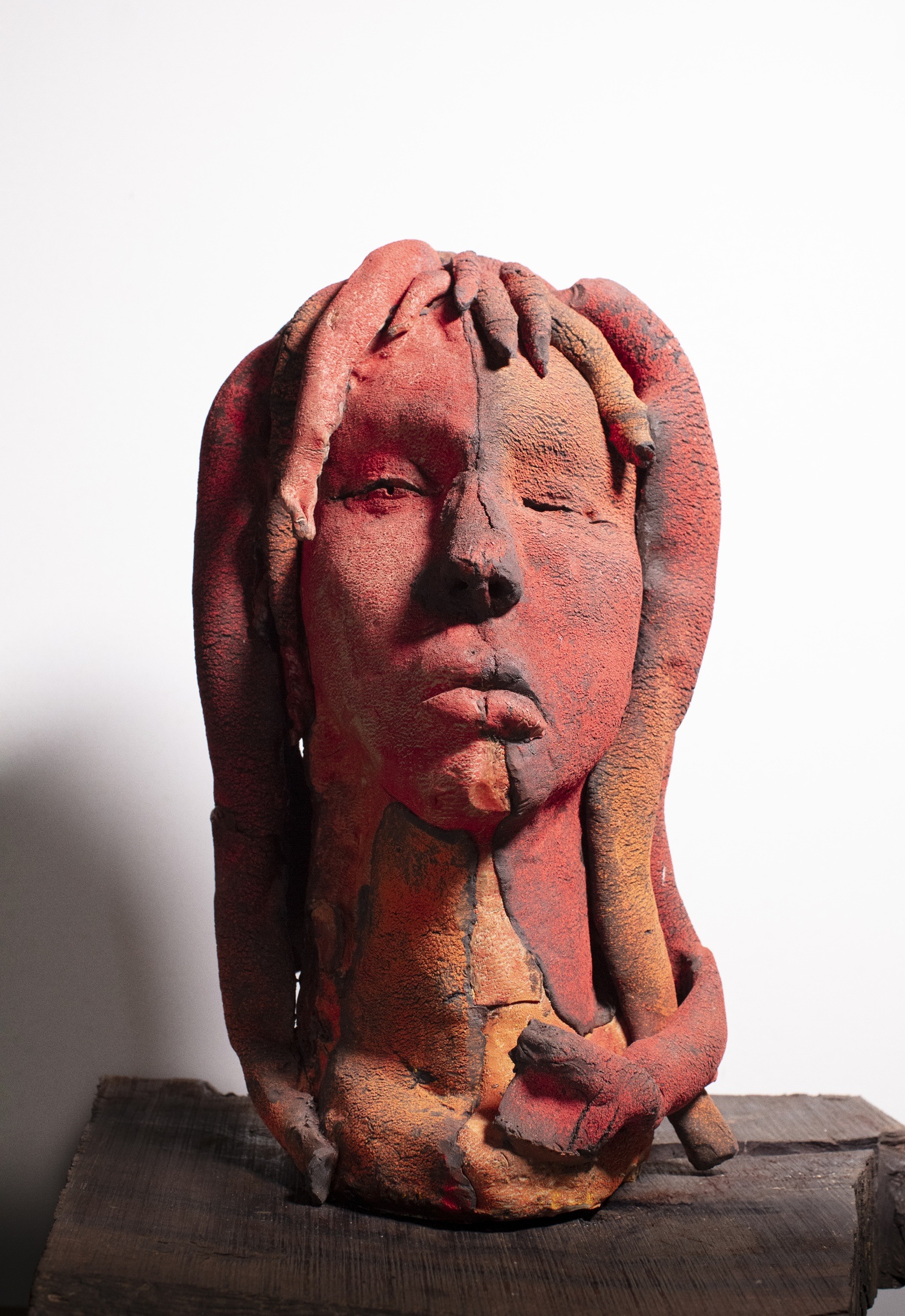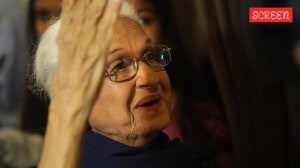Sri Lanka to Kerala: Rooted in the Earth
Artists Pradeep Thalawatta and Hasseena Suresh explore the emotional and political afterlives of history in their works on view at Latitude 28 in Delhi.
 Sri Lanka's Thalawatta and Kerala's Suresh explore the shared poetics of the ground beneath their feet, finding common ground in resilience despite their distinct terrains. (Source: File)
Sri Lanka's Thalawatta and Kerala's Suresh explore the shared poetics of the ground beneath their feet, finding common ground in resilience despite their distinct terrains. (Source: File)What do the distinct geographies of post-war Sri Lanka and the agrarian landscape of Kerala possibly have in common? Though there may not be much that is apparent, the exhibition ‘A Line in the Earth’ at Delhi’s Latitude 28 gallery finds resonant strands through the practices of two artists rooted in the regions that are home to them — Jaffna-based Pradeep Thalawatta and Trichur-based Hasseena Suresh.
Bhavna Kakar, founder-director of Latitude 28 notes, “Though each artist is grounded in a distinct terrain of the post-war landscapes of Sri Lanka for Thalawatta, and the agrarian, culturally layered soils of Kerala for Suresh, their practices meet in a shared engagement with the poetics and politics of the ground beneath our feet. Their works remind us that landscapes, like human lives, are shaped by both fragility and endurance. They ask us to consider what remains after severance, and how acts of making can become gestures of healing.”
So, in his works, Thalawatta is seen exploring the intersections of material culture and everyday life by using imagery drawn from popular and mass culture, such as packaging, found objects and the vernacular aesthetics of the street. The multimedia engagements examine complexities of social relations, economic struggles and urban realities of our times. The series titled ‘The Negative Space of Silence and the Tared Text’ records both what’s visible and what’s not. Stark silhouettes occupy ravaged territories and tarred landscapes in collages on sandpaper where Thalawatta uses fragmented images sourced from newspapers.
 Suresh’s works is rooted in the earth, using clay as a metaphor to discuss the relationship with land, textures and shared histories in works where the women heads are dominant. (Source: File)
Suresh’s works is rooted in the earth, using clay as a metaphor to discuss the relationship with land, textures and shared histories in works where the women heads are dominant. (Source: File)
“This series unfolds as a set of pages that combine text and image. The text is covered using tar, a material with a loaded history in Sri Lanka. Tar has been used to erase and deface, from the destruction of mural paintings to the covering over of dissent. It also marks the road, both as a site of state development and a stage for protest, violence, and resistance,” notes the artist who is an alumnus of National Design Centre, Sri Lanka, and pursued his BFA in painting from Beaconhouse National University in Lahore. He adds, “In the images, I’ve removed the human figures. This erasure speaks to moments when one feels the need to withdraw, to disappear and yet still remain involved, still feel the weight of the situation. It reflects that contradiction: the desire to escape and the simultaneous need to bear witness and participate.”
In the work We Are Above Them All, we see the statue of DS Senanayake, the first Prime Minister of British Ceylon, located in front of the Old Parliament Building in Colombo. Speaking about the work, he adds, “It is a reflection on the shifting dynamics of power, memory and collective resistance. This work draws from the events of the 2022 Aragalaya protests in Sri Lanka, a spontaneous uprising of citizens against economic collapse and political failure. I use collage as a method of layering time, media and narrative, incorporating fragments from newspapers and wrapping papers to echo how public memory is constructed and contested.”
Reflecting on his work, writer Sanchita Sharma says, “… he blurs the lines between witnessing and forgetting, public history and private loss. His works trace the contours of a landscape marked by war, urban spaces scarred and reshaped by violence, where the remnants of conflict are not always visible, but acutely felt.”
Suresh’s works, on the other hand, are rooted in the earth, using clay as a metaphor to discuss the relationship with land, textures and shared histories in works where the women heads are dominant. Sharma notes, “Her work embodies a feminist ethic of care, protest and reimagination. Drawing on ancient histories, architecture and lived experience, she interrogates entrenched patriarchal systems while gently proposing alternative cosmologies, ones that centre nurture, resilience, and embodied knowledge. Her sculptures, simultaneously delicate and defiant, speak of women’s labour, survival and the capacity of clay to hold both memory and resistance.”


- 01
- 02
- 03
- 04
- 05





























